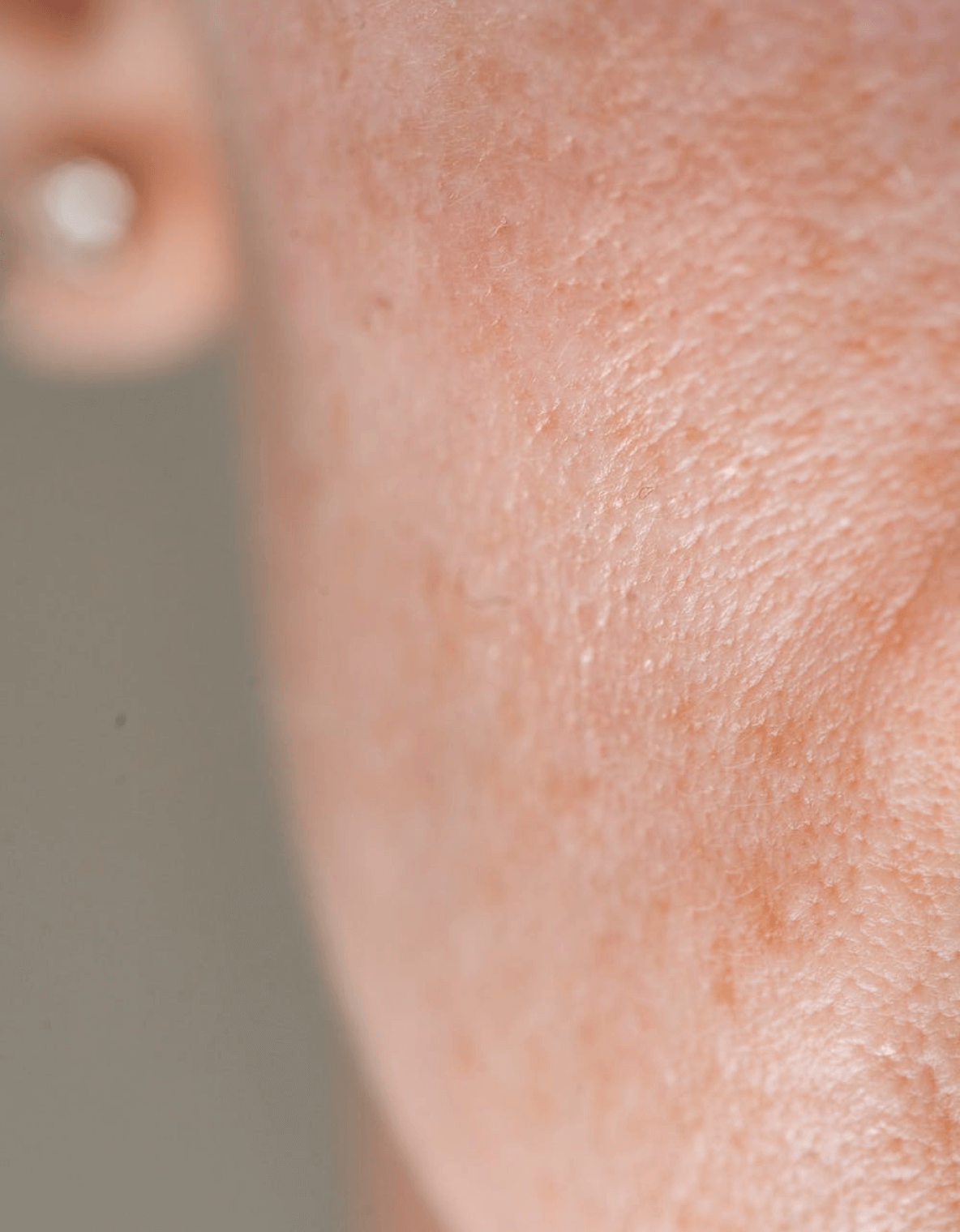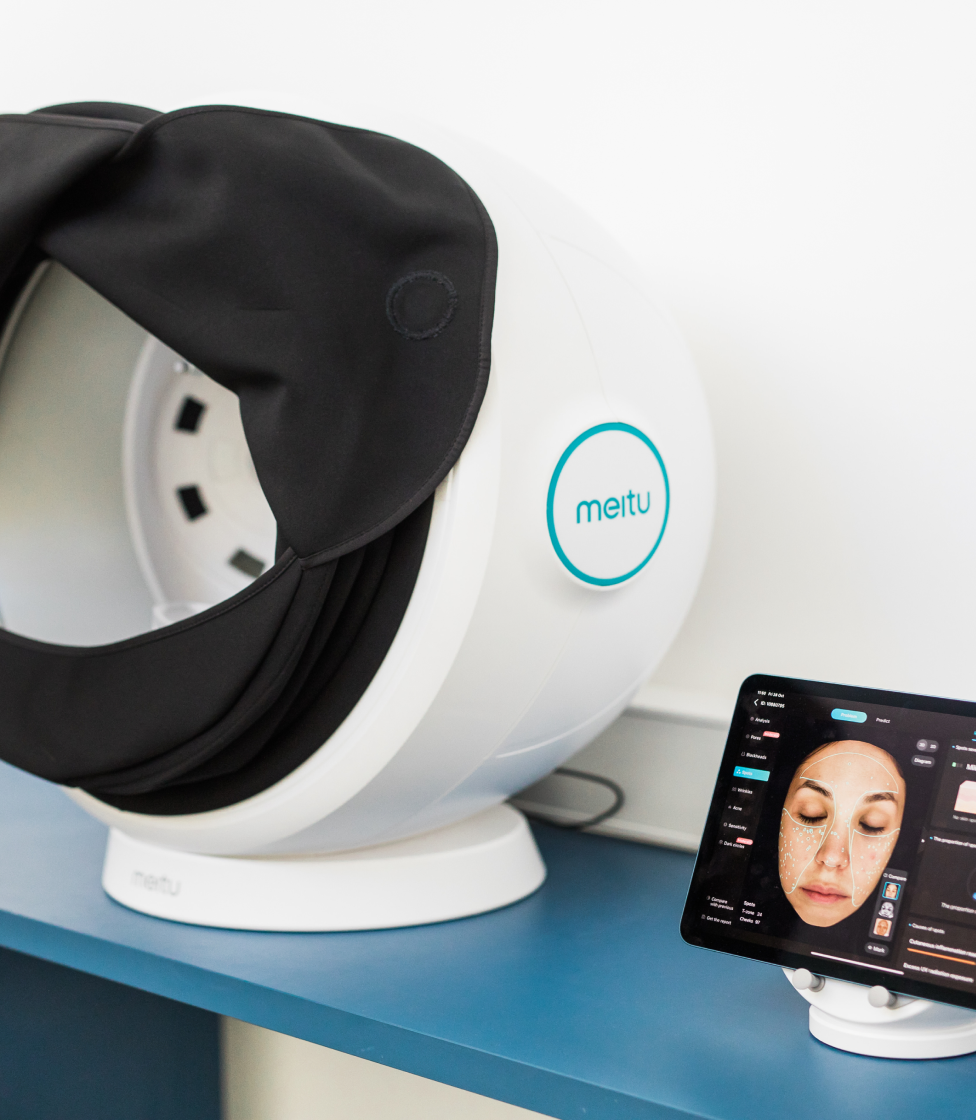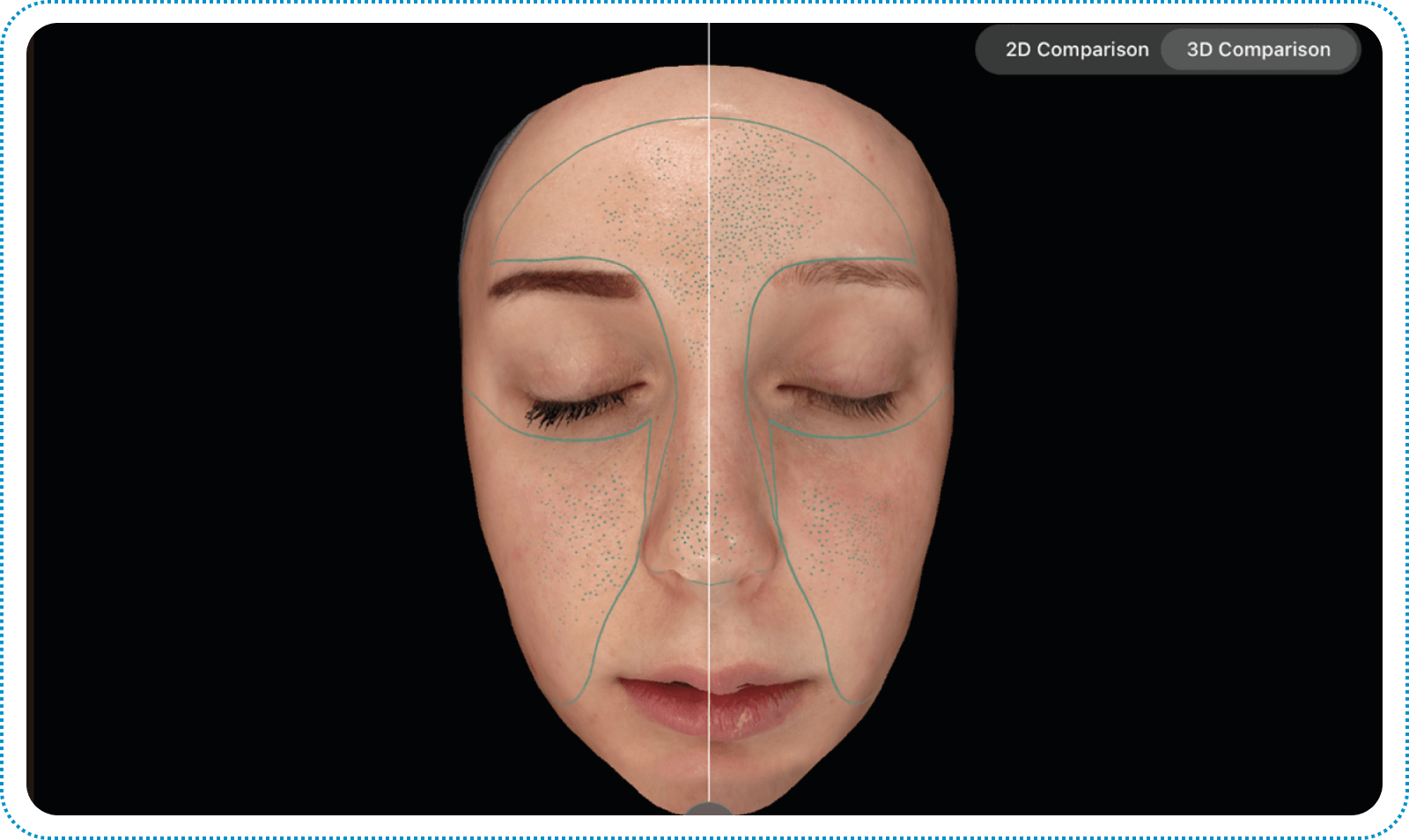Signs of skin pores
Pore size can vary from person to person and is influenced by factors such as genetics, age, and skin type. Some individuals have smaller pores, other larger or more noticeable pores.
The goal is to keep the pores clean, unclogged, and less noticeable, promoting overall skin health and a smoother complexion.
Claims related pore size
Pore size reduction



